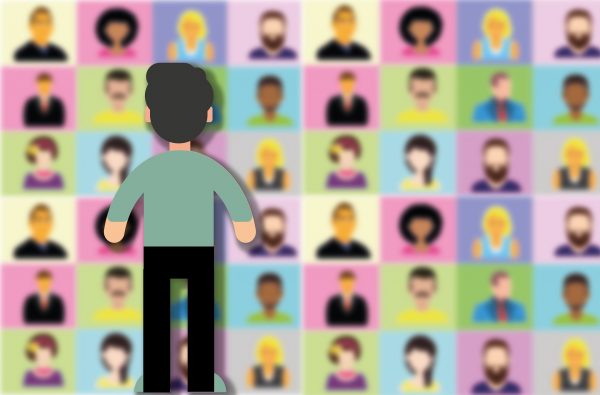The pandemic can draw couples closer—or push them apart. Here’s why.
I’m a psychiatrist and psychoanalyst specializing in couples and family therapy. Like many people across the world, many of the couples I work with have been struggling through the hardest year of their lives. People who maintained their marriages by spending very little time together—usually with one partner working outside the house—were now, for better or worse, unable to take time apart.
The pandemic has had an amplifying effect on partnership dynamics: some couples pull closer, while others push away from each other. By the numbers: In China, 18 percent said their relationships were slightly worse at the beginning of the pandemic, and a full 29 percent of respondents reported their intentions to divorce after the pandemic (Tian 2020c). The same phenomenon surfaced worldwide.
As conflict increased when couples were confined together, some marriages went from contentious to unbearable, leading to an urgent need to divorce. In Wuhan, China, the initial site of the pandemic, a spike in divorce rates was one immediate effect. Early reports documented increases in marital and family distress and a surge in family violence. This increase in family violence was so critical that it has been described as a “double pandemic” (Bettinger-Lopez and Bro 2020) as well as a “new crisis” (Taub 2020).
Negative outcomes during COVID, particularly domestic violence, have also been a function of social structural factors. This included poverty, unemployment, food or housing insecurity as well as social isolation, issues of racial tension, and ecological features (Flowers 2000; Gelles and Maynard 1987; Utech 1994). Domestic violence is more common in families of lower education and incomes, but it certainly happens in all social and educational groups. As the pandemic exacerbated many of these issues, an uptick in domestic violence was, tragically, predictable.
But not all couples find themselves teetering on the edge of divorce; according to the same poll mentioned above (Tian 2020c), 41 percent of partnered couples have seen improvements in their relationships during the pandemic. This begs the question: why have some couples pulled closer during the pandemic, while other couples drifted apart?
In analyzing my own clinical experience, as well as the available data, several trends have emerged. Here are some observations:
Negative-Outcome Families
CASE STUDY 1: The Smiths moved in the midst of the pandemic. Both parents worked high-stress jobs and, even before the pandemic, had limited time for family bonding. Their adolescent daughter, now faced with online schooling in her new school, never could construct a social group, and her stress ricocheted around the family, stressing her parents and driving a wedge in their marriage. The pandemic’s isolation was the cause for the husband’s secret affair that now came to light, resulting in intolerable marital tension when he was unable to move out because of quarantine.

In this example, we see a textbook case of stress, poor communication, disconnection, and resentment that brought the couple to a breaking point. (This is not uncommon during times of public health crises; war, famine, and disease outbreaks set off depression, anger, and anxiety caused by isolation and loneliness.) During historically trying times, everyday stressors may become too much to bear. Moreover, pre-existing vulnerabilities or personality traits may be exacerbated, including the expression of hostility, dominance, stubbornness, or rigidity (Prime, 2020). These factors create a feedback loop of stress, resentment, and withdrawal.
Additionally, certain family dynamics predispose us to the risk of marital uncertainty. For example, being in a blended family (a family with children who are shared between divorced and remarried parents) is one stressor that has been shown to increase the likelihood of marital strife during the pandemic. Another component is the presence of young adults preparing to leave home for school or work. As many young people are now having to change plans, often amidst a family dynamic that is already primed for stress and conflict, this circumstance begets a host of possible challenges.
To summarize, negative-outcome couples evince some of the following characteristics:
- Poor communication
- Mutual blaming
- Ongoing social isolation, particularly with respect to loss of outside emotional support systems
- Loss of jobs or income (Campbell 2020)
- High-stress states before the pandemic
- Divorced or blended families
- Children on the cusp of leaving home
Positive-Outcome Families
CASE STUDY 2: The Greens used the quarantine to work on longstanding challenges in their marriage. They shared a renewed focus on their children’s schooling, rebalanced their household division of labor, and managed the emotional burden of the pandemic as partners. They also used their time together to work on their sex life through sex therapy, which had needed more focus for years; they were, fortunately, able to keep their children in daycare so they could carve out “together time” at lunch, rather than only thinking about sex when they had finally put work and their children to bed.

Why is the Greens’ pandemic story so different from the Smith’s? They consciously chose to structure their lives around the needs of the other partner. They worked consistently, and collaboratively, to improve communication and conflict resolution, practicing “I feel” statements in place of accusations or stonewalling. They set goals—and boundaries—around how much of their pandemic lives would be about their children’s wellbeing. And, they continued to see a therapist throughout the pandemic, proactively improving their communication skills and their sexual functioning.
Positive-outcome couples demonstrate the following traits:
- Constructive communication
- Enhanced mutual empathy
- Quick and consistent conflict resolution
- Multifactorial problem-solving skills
- Shared emotional labor (Neppl et al., 2016)
- Willingness to seek help, including psychotherapy (and/or sex therapy) as a preventative measure
The pandemic is “perhaps the most widespread social experiment of all time” (Lebow, 2020). While these lists may be helpfully kept in mind, not all couples have the same capacity for change or growth, particularly in high-stress situations.
As therapists, we, too, have been grappling with the stressors of the pandemic, so we have been sharing that with our patients and couples on an unprecedented scale. We can use that fact to our advantage as we identify with what our clients are going through. As we learn about their anxiety and stress, illness and loss, unemployment and financial uncertainty, it may be just a bit easier to remember that partnerships—even in the best of times—require both partners to enlarge their capacity for patience, empathy, commitment, and willingness to support each other. Many of these couples can profit from the skilled and timely attention of a psychotherapist, who, as they will all know, are themselves also living with the stresses of the pandemic.
References
Bettinger-Lopez, C., & Bro, A. (2020). A Double Pandemic: Domestic Violence in the Age of COVID-19. Retrieved from https://www.cfr.org/in-brief/double-pandemic-domestic-violence-age-covid-19. Accessed June 8, 2020.
Campbell, A. M. (2020). An increasing risk of family violence during the Covid-19 pandemic: Strengthening community collaborations to save lives. Forensic Sci Int: Reports, 2. https://doi.org/10.1016/j.fsir.2020.100089.
Flowers, R. B. (2000). Domestic crimes, family violence and child abuse: A study of contemporary American society. Jefferson: McFarland & Company.
Gelles, R. J., & Maynard, P. E. (1987). A structural family systems approach to intervention in cases of family violence. Family Relations, 36, 270–275. https://doi.org/10.2307/583539.
Lebow J. L. (2020). Family in the Age of COVID-19. Family process, 59(2), 309–312. https://doi.org/10.1111/famp.12543
Neppl, T. K., Senia, J. M., & Donnellan, M. B. (2016). Effects of economic hardship: Testing the family stress model over time. Journal of Family Psychology, 30(1), 12–21. https://doi.org/10.1037/fam0000168
Taub, A. (2020). A new COVID-19 crisis: Domestic abuse rises worldwide. New York Times, 6.
Utech, M. R. (1994). Violence, abuse, and neglect: The American home. Lanham: Rowman & Littlefield.
Zhang, H. The Influence of the Ongoing COVID-19 Pandemic on Family Violence in China. J Fam Viol (2020). https://doi.org/10.1007/s10896-020-00196-8
 David Scharff, M.D., is Clinical Professor of Psychiatry at the Uniformed Services University of the Health Sciences, as well as at Georgetown University. He is also Co-Founder and Former Director of the International Psychotherapy Institute; Chair of the International Psychoanalytic Association’s Committee on Family and Couple Psychoanalysis; Co-Chair, APsaA Advisory Committee on COVID-19, and editor-in-chief of Psychoanalysis and Psychotherapy in China. He directs training programs in analytic couple and family therapy in Beijing and Moscow.
David Scharff, M.D., is Clinical Professor of Psychiatry at the Uniformed Services University of the Health Sciences, as well as at Georgetown University. He is also Co-Founder and Former Director of the International Psychotherapy Institute; Chair of the International Psychoanalytic Association’s Committee on Family and Couple Psychoanalysis; Co-Chair, APsaA Advisory Committee on COVID-19, and editor-in-chief of Psychoanalysis and Psychotherapy in China. He directs training programs in analytic couple and family therapy in Beijing and Moscow.
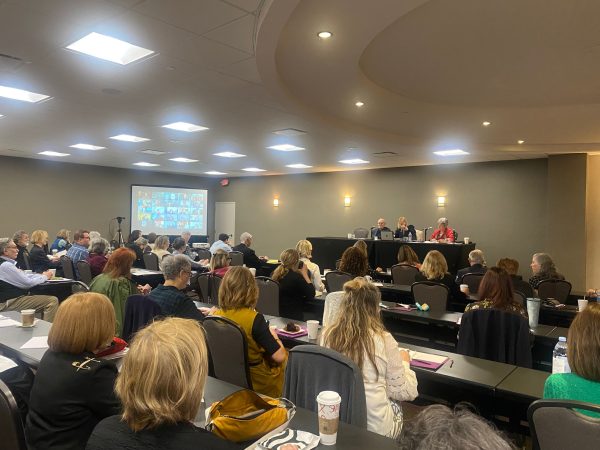



 Michele Reed, M.S.W, is a clinical social worker and psychoanalyst practicing in Waterbury, Vermont. She has been a faculty member at IPI since 2011. In 2018, she graduated from IPI’s
Michele Reed, M.S.W, is a clinical social worker and psychoanalyst practicing in Waterbury, Vermont. She has been a faculty member at IPI since 2011. In 2018, she graduated from IPI’s 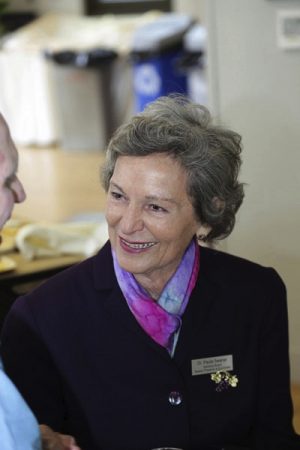

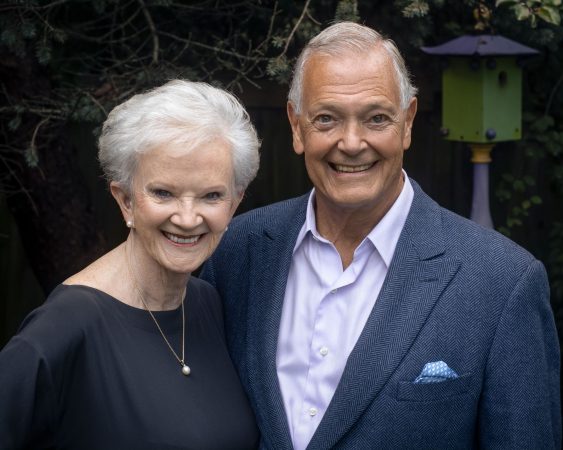


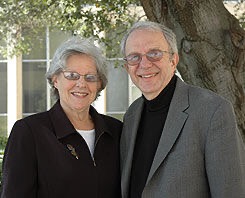
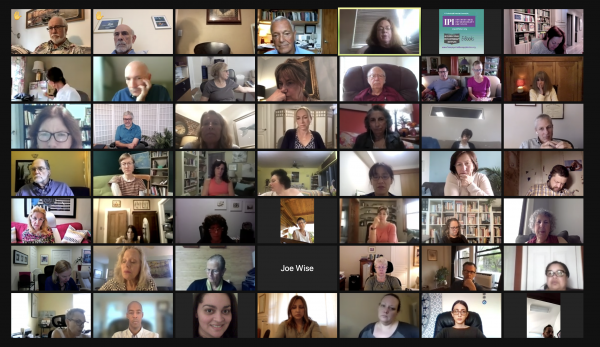

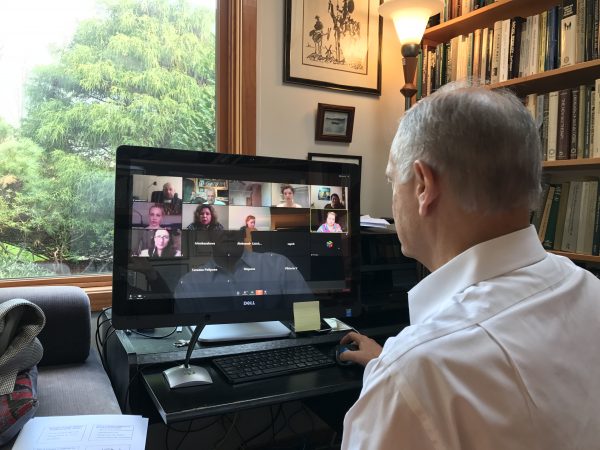


 David Scharff, M.D., is Clinical Professor of Psychiatry at the Uniformed Services University of the Health Sciences, as well as at Georgetown University. He is also Co-Founder and Former Director of the International Psychotherapy Institute; Chair of the International Psychoanalytic Association’s Committee on Family and Couple Psychoanalysis; Co-Chair, APsaA Advisory Committee on COVID-19, and editor-in-chief of Psychoanalysis and Psychotherapy in China. He directs training programs in analytic couple and family therapy in Beijing and Moscow.
David Scharff, M.D., is Clinical Professor of Psychiatry at the Uniformed Services University of the Health Sciences, as well as at Georgetown University. He is also Co-Founder and Former Director of the International Psychotherapy Institute; Chair of the International Psychoanalytic Association’s Committee on Family and Couple Psychoanalysis; Co-Chair, APsaA Advisory Committee on COVID-19, and editor-in-chief of Psychoanalysis and Psychotherapy in China. He directs training programs in analytic couple and family therapy in Beijing and Moscow.